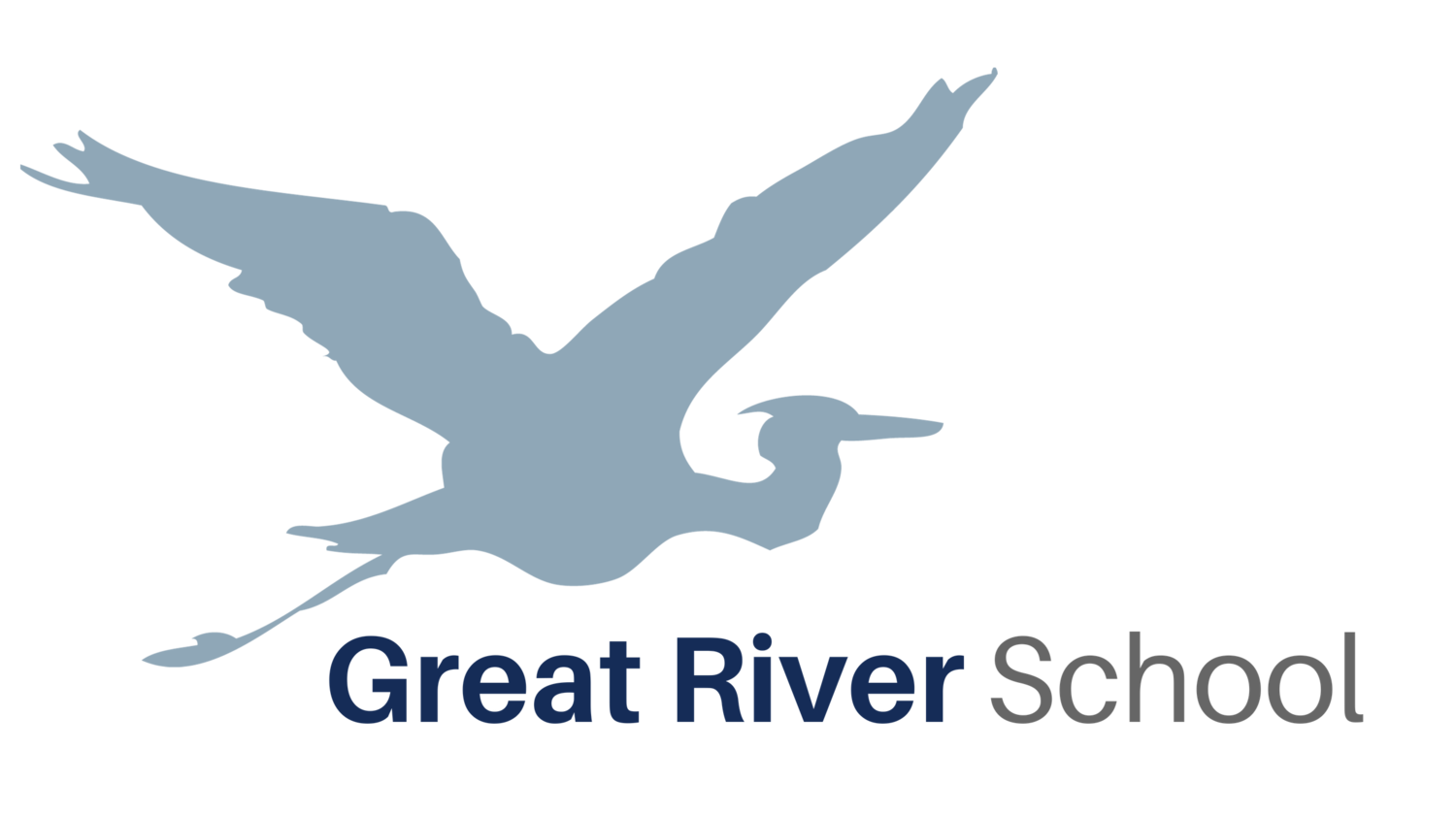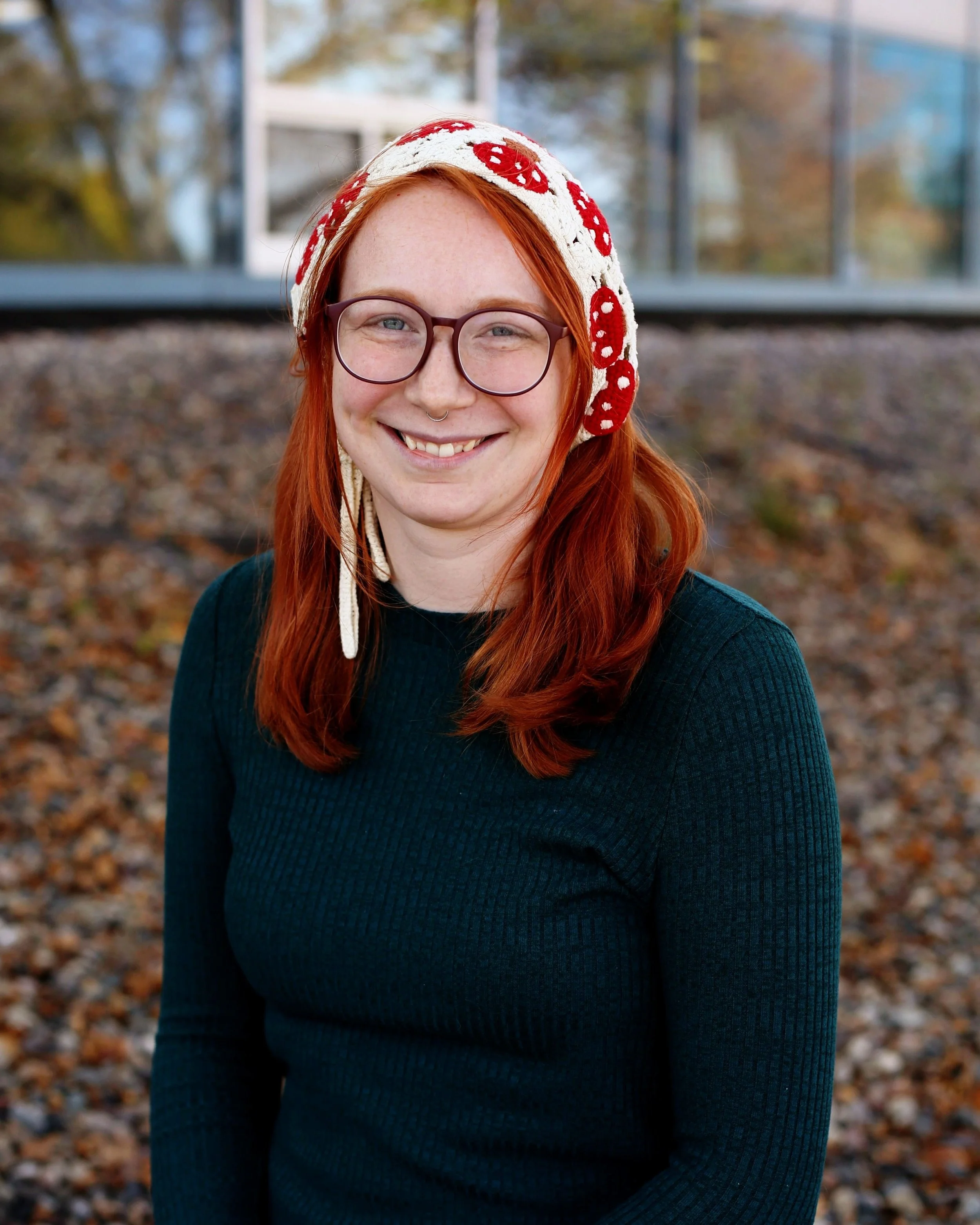College Access and PSEO
College Access
Contact:
Kylie DeGrote she / her / they/ them
College and Career Counselor
kdegrote@greatriverschool.org
651-305-2780 ext 29
-
-
General
Choose Your Own Adventure - Student Workbook (Published)
Applying to College
SRAR
https://srar.selfreportedtranscript.com/Login.aspx
Additional Resources
From Early Decision to Test Optional: Deciphering Common Terms in the Admissions Process Webinar
Choosing a College
How to Create a College List.pdf
-
-
For those of you who missed the scholarship information night, here is a link to the recording: GRS Scholarship Night, March 4, 2025
-
Websites:
FastWeb — One of the most comprehensive and well-regarded scholarship search sites
Finaid.org — Advice on financial aid terms, forms, strategies, and scholarship search
NASFAA — Advice from the National Association of Student Financial Aid Administrators
MHESO — Minnesota Office of Higher Education
Meritaid.com – lets you search colleges based on types of merit aid awarded.
Cappex.com – College and Scholarship search tool
Scholarship America — An organization that administers many private scholarships
Books:
-
-
A gap year is a period, typically a year, taken off from college to pursue other experiences, such as travel, work, or volunteering, before continuing with academics or a career. It's a time for personal growth, self-discovery, and gaining practical experience.
Key aspects of a gap year:
Purpose:
Gap years are often taken to allow individuals to recharge, explore different options, gain new skills, and develop a clearer sense of their goals.
Activities:
Common activities include travel, volunteering, internships, work experience, learning a new language, or pursuing personal projects.
Timing:
Gap years typically occur between high school and college, but they can also be taken between college semesters or after graduation.
Benefits:
Research suggests that gap years can enhance academic performance, increase job satisfaction, and improve self-awareness and confidence.
Considerations:
It's important to plan a gap year thoughtfully, considering personal goals, potential costs, and how to make the most of the experience.
-
The main college admissions tests in the US are the SAT (Scholastic Assessment Test) and the ACT (American College Testing). Many colleges and universities accept both, and students often choose which test to take based on their strengths and the specific requirements of the colleges they're interested in.
ACT and SAT Preparation
Juniors planning to go to college, either directly or after a deferment, have two 'assignments' to complete by the end of the school year. Based on their interests (location, majors, programs, size, etc.) students should identify five schools they plan to apply to. Based on the information provided by these schools, they should complete their ACT or SAT testing by the end of June (they can take these tests as seniors, but it adds a level of stress).
At Great River, all juniors take the ACT at school in April. Students can also choose to sign up for the SAT and/or additional ACT dates before or after the April ACT testing date. The ACT and SAT are tests students can study for and improve their scores on with additional attempts. Briefly, my studying suggestions are the following
Refer to PSAT results (available in December) and study areas where students have struggled.
Use diagnostic information from the PSAT or from online practice tests to focus use of ACT and SAT study books – these have great features for content review and practice.
Consider hiring an outside tutor to address specific content areas or test-taking strategies.
Consider taking an ACT or SAT prep course. I offer this as the last suggestion because they can be very costly and time-consuming. That being said, if a student is really interested in improving their score and engages will all the class sessions and ‘homework’ they recommend, many have seen a significant increase in their scores. However, other students have found that following the above suggestions, which are less costly and time-consuming, has enabled them to meet score requirements in connection to the colleges they are applying to.
-Matt McElrath, Dean of Students
PSEO
Contact:
Matt McElrath he / him
Director of Student Services
To learn more about this option, please contact Director of Student Services Matt McElrath at mmcelrath@greatriverschool.org.
For current information about the PSEO program, visit the Minnesota Department of Education’s Postsecondary Enrollment Options (PSEO) webpage.
-
Postsecondary Enrollment Options (PSEO) is a program that allows 10th-, 11th- and 12th-grade students to earn both high school and college credit while still in high school, through enrollment in and successful completion of college nonsectarian courses at eligible participating postsecondary institutions. Most PSEO courses are offered on the campus of the postsecondary institution; some courses are offered online. Each participating college or university sets its own admissions requirements for enrollment into the PSEO courses. Eleventh and 12th-grade students may take PSEO courses on a full- or part-time basis; 10th graders are eligible to enroll in PSEO on a more limited basis (see note below). Students must meet the PSEO residency and eligibility requirements and abide by participation limits specified in Minnesota Statutes, section 124D.09. If a school district determines a pupil is not on track to graduate, she/he may continue to participate in PSEO on a term by term basis.
By March 1 of each year, or three weeks prior to the date a student registers for courses for the following school year (whichever is earlier), schools must provide PSEO information to all students in grades 8-11 and their families. To assist the district in planning, a student must inform the district by May 30 of each year of their intent to enroll in postsecondary courses during the following school year.
There is no charge to PSEO students for tuition, books or fees for items that are required to participate in a course; however, students may incur fees for equipment that becomes their property when the course or program is completed, textbooks that are not returned to the postsecondary institution according to their policies, or for tuition costs if they do not notify the district by May 30 and the district does not waive this date requirement.
Funds are available to help pay transportation expenses for qualifying students to participate in PSEO courses on college campuses. For more information on these funds, access the PSEO Mileage Reimbursement Program Instructions.
Enrolling in a PSEO course does not prohibit a student from participating in activities sponsored by the high school.
School districts must allow a PSEO student reasonable access to the high school building, computers and/or other technology resources during regular school hours to participate in PSEO courses, whether on-line or on campus.
Each year, districts must publish their grade-weighting policy on their website, including a list of courses for which students can earn weighted grades.
All courses taken through the PSEO program must meet graduation requirements. Districts must transcript credits earned in PSEO by a ratio prescribed in statute. Districts have the authority to decide which subject area and standards the PSEO course meets. If there is a dispute between the district and the student regarding the number of credits granted for a particular course, the student may appeal the board's decision to the commissioner. The commissioner's decision regarding the number of credits will be final.
Postsecondary institutions are required to allow PSEO students to enroll in online courses consistent with the institution’s policy regarding postsecondary student enrollment in online courses.
Tenth-grade students may initially enroll in one Career and Technical Education (CTE) PSEO course if they receive a reading proficiency score of “meets” or “exceeds” on the 8th grade MCA. If 10th graders taking a CTE PSEO course earn at least a grade C in that class, they may take additional postsecondary courses. If the student did not take the MCA in 8th-grade, another reading assessment accepted by the enrolling postsecondary institution can be substituted. For students with disabilities, there is an alternative option to demonstrate reading proficiency.



